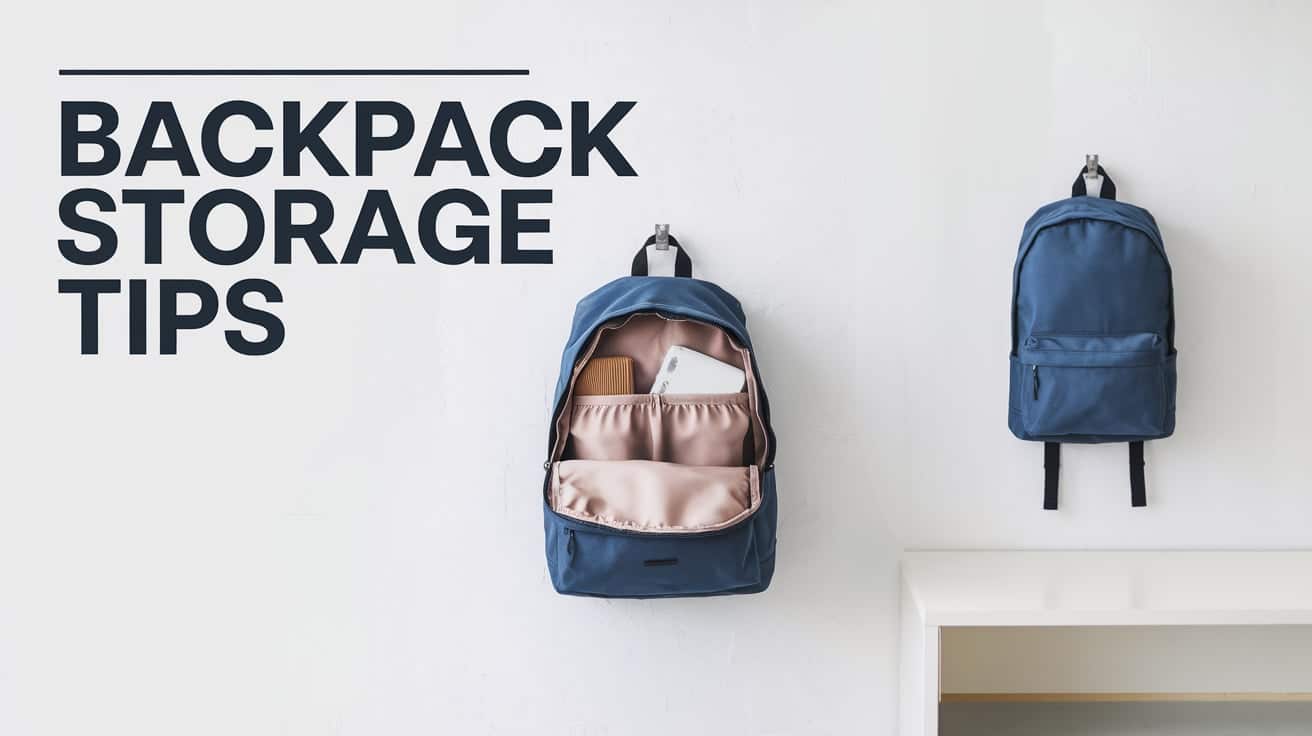How to Store Backpacks: 15 Storage Solutions and Tips
Keeping your backpack in good shape is more than just tidiness – it’s about preserving your investment and ensuring your bag is always ready for your next journey.
This guide delves into the art of proper backpack storage, offering practical tips and creative ideas for maintaining your gear.
From cleaning techniques to smart storage solutions, we’ll explore how to extend the life of your backpack and keep it looking fresh.
Whether dealing with limited space or seeking organized storage options, this comprehensive overview will help you find the perfect way to store your trusted travel companion.
How to Properly Store Backpacks?
Tools and Materials Required
- Kiddie pool, large Rubbermaid bin, or bathtub
- Warm water
- Gear wash (like Grangers or Nikwax)
- A soft toothbrush or soft brush
- Cotton cloth laundry bag
- Hangers
- Front-loading washer (for sleeping bags)
- Fan (optional for drying sleeping bags)
Steps to Store Backpacks Properly
Step1: Cleaning
- Fill a kiddie pool, large bin, or bathtub with warm water and gear wash.
- Submerge the backpack and swish it around.
- Use a soft brush to clean particularly dirty areas gently.
- Rinse thoroughly.
Step 2: Drying
- Air dry the backpack in the sun.
- Ensure it’s completely dry before storing.
Step 3: Inspection and Repair
- Check for loose threads, small tears, or broken zippers.
- Trim loose threads carefully.
- Repair small tears if possible.
- Consider professional repair for more significant issues.
Step 4: Emptying
- Remove all items from the backpack.
- Leave zippers and pockets open for ventilation.
Step 5: Storage
- Choose a cool, dry place away from direct sunlight.
- Hang the backpack on a sturdy hanger if possible.
- Store it loosely in a cotton laundry bag if hanging isn’t an option.
- Avoid compressing or stuffing the backpack in a tight space.
- Don’t use plastic bags for storage, as they can trap moisture.
Step 6: Maintenance
- Check on the backpack periodically during storage.
- Air it out occasionally to prevent mustiness.
- Before the next use, consider reapplying water-repellent treatment if needed.
15 Ideas for Backpack Storage
1. Backpack Over The Door Storage Rack
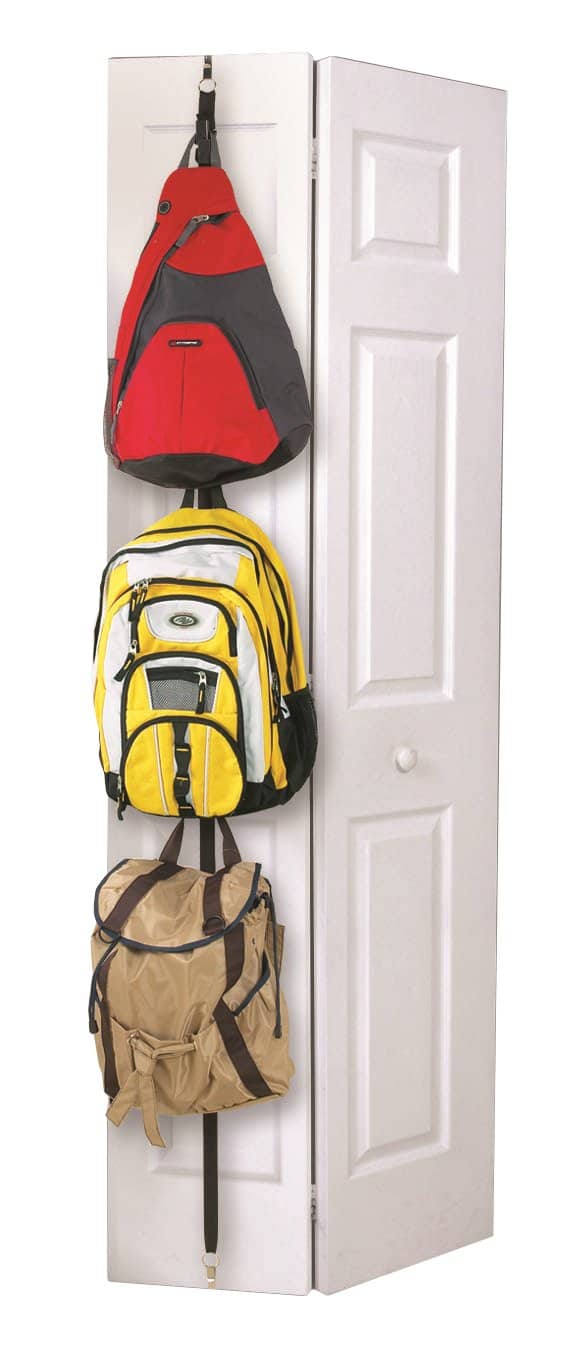
This affordable, easy-to-install, over-the-door solution is perfect for hanging backpacks in small spaces. It keeps the floor clutter-free and ensures backpacks are easily accessible for kids and adults alike.
2. Turn a Hall Closet into a Backpack Station
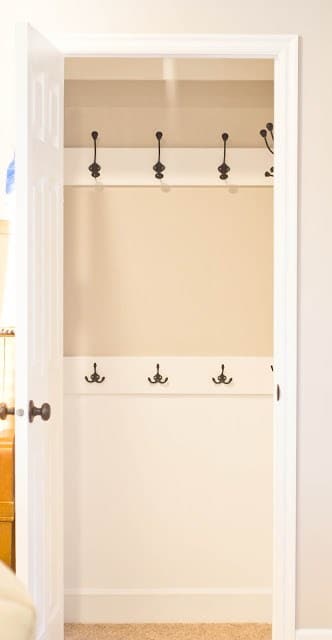
Convert unused closet space into a neat backpack and school supplies center. This option is ideal for hiding backpacks out of sight while creating an organized command center for back-to-school preparation.
3. Personalized Decor Hooks
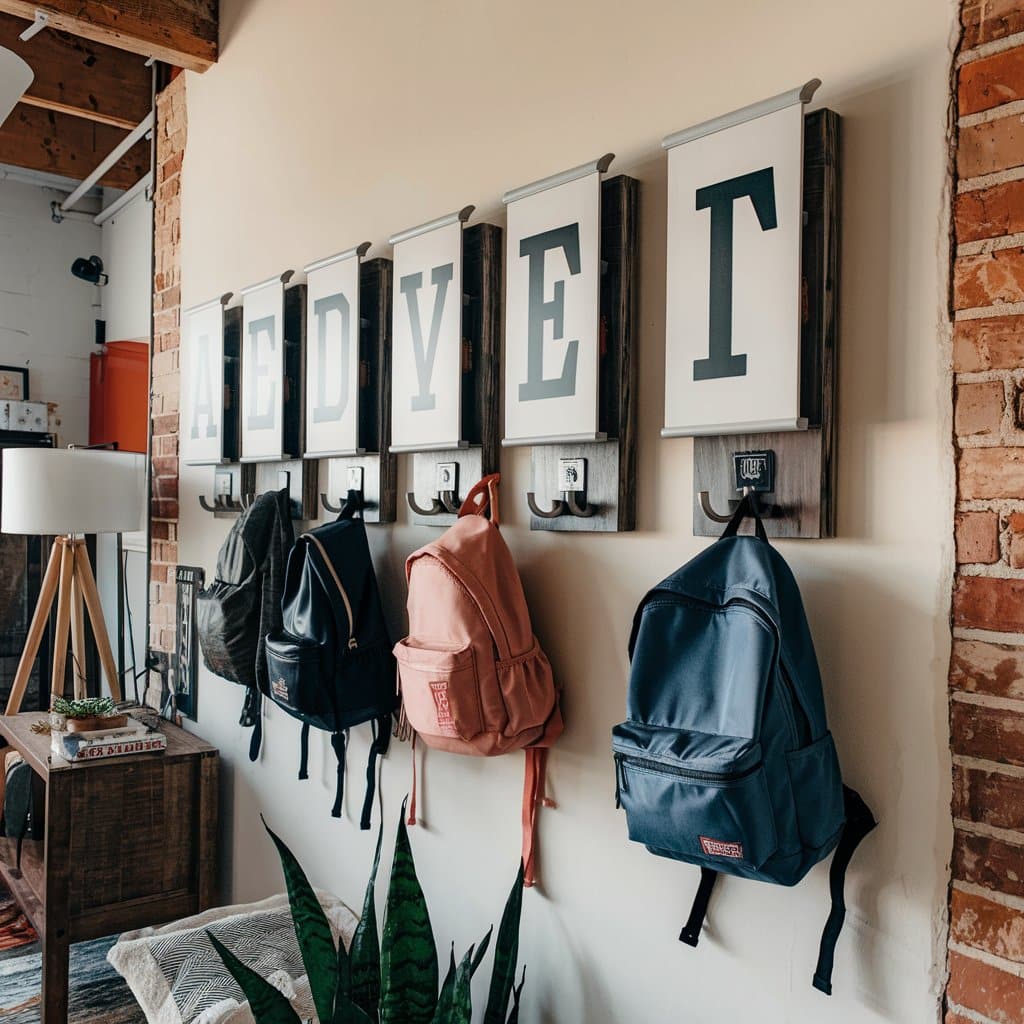
Assign personalized hooks with initials for each family member to store their backpack. This creative solution adds style to the space and helps keep backpacks off the floor.
4. Simple Backpack Station for Small Entryways
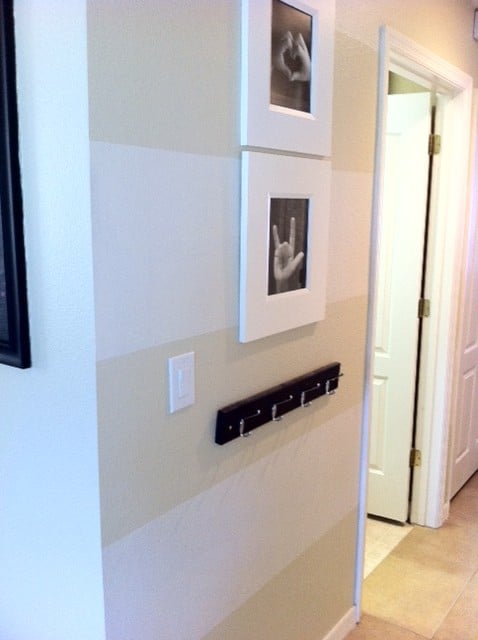
A simple DIY solution that involves hanging hooks on a small wall near kids’ bedrooms or entryways. It’s a functional way to keep backpacks organized without taking up too much space.
5. Use an Inexpensive Coat Rack
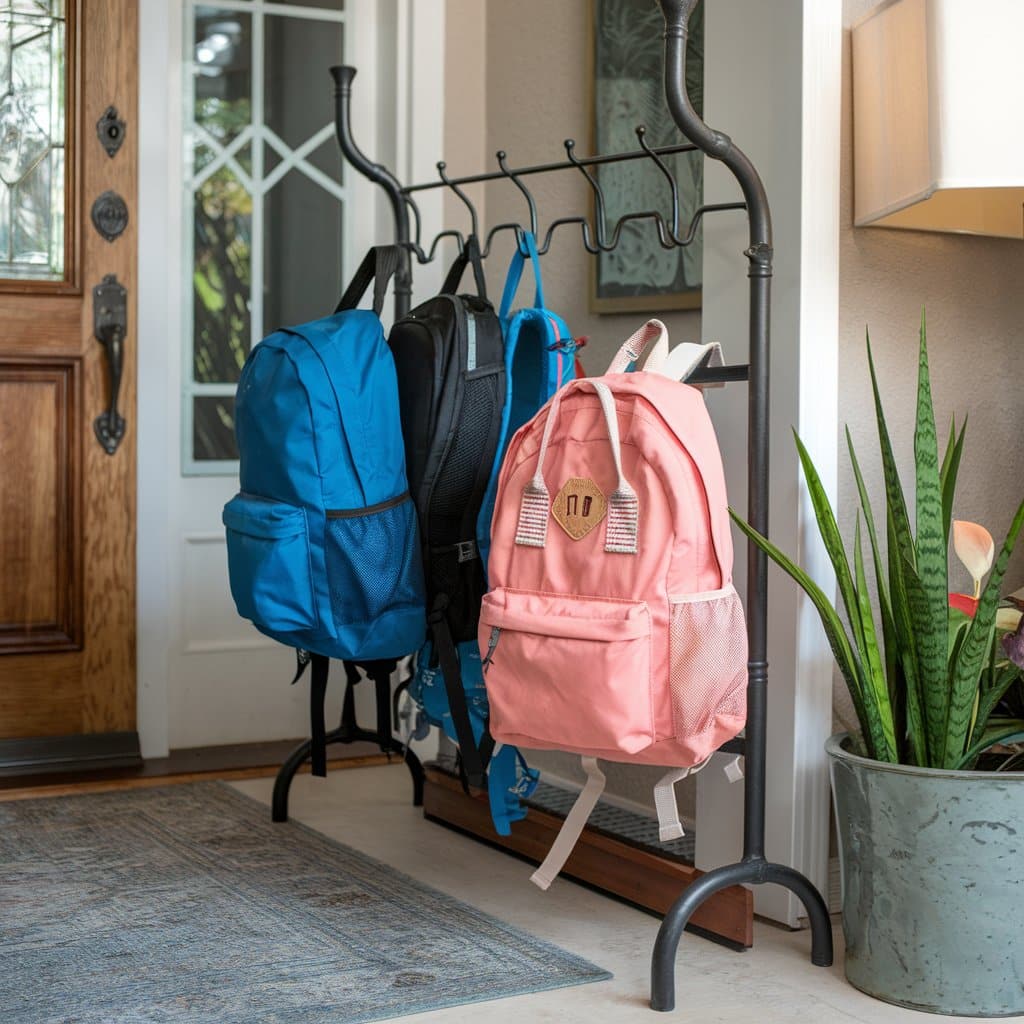
Repurpose a coat rack into a backpack storage solution. Place it near the front door or in a hallway for a convenient spot to hang backpacks, making morning routines smoother.
6. Utilizing Corner Storage Racks
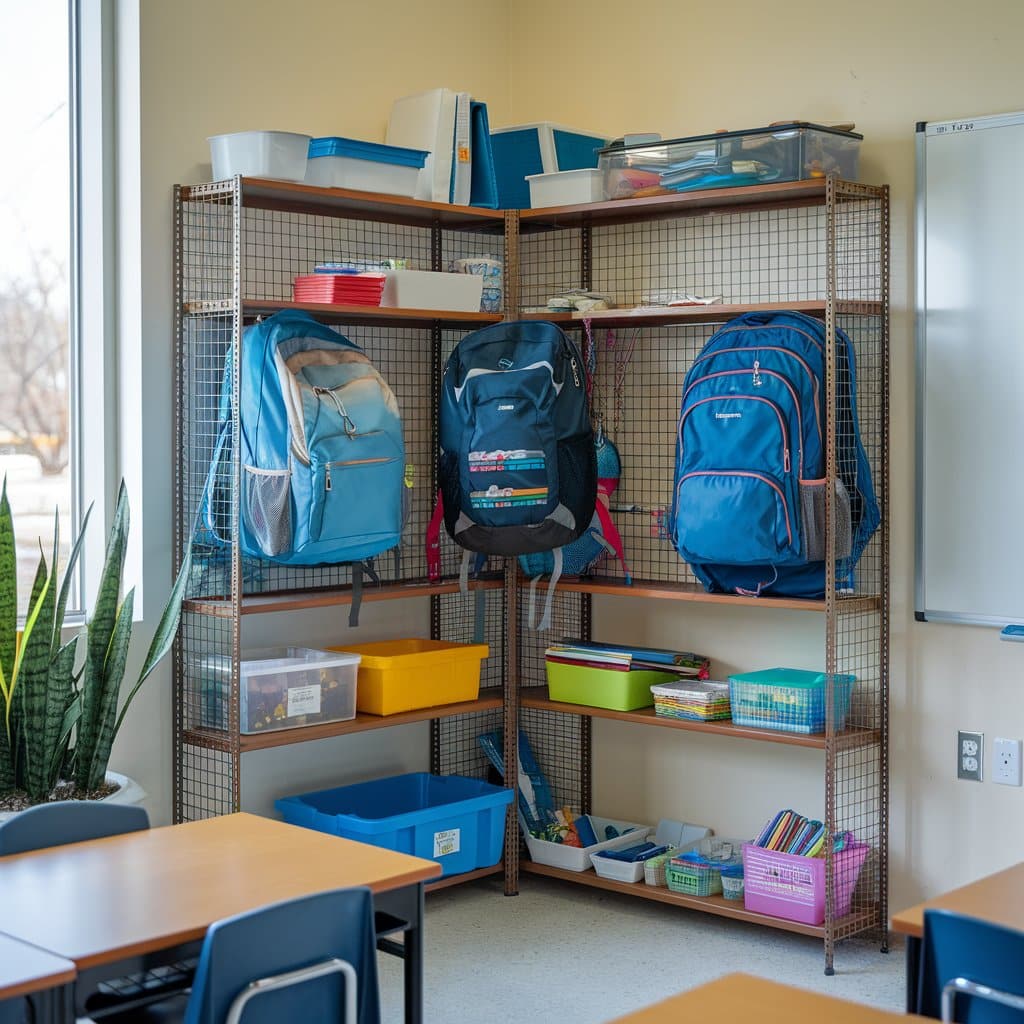
Maximize unused corners in your home or classroom with corner storage racks. This space-saving idea provides an efficient way to store backpacks while keeping them out of the way.
7. Mudroom Style Organization

Create a mudroom-style setup with shelves, bins, or cubbies for backpack storage. This helps maintain a tidy entryway or hallway, encouraging family members to stay organized.
8. Backpack Station with Initials and Coordinating Boards
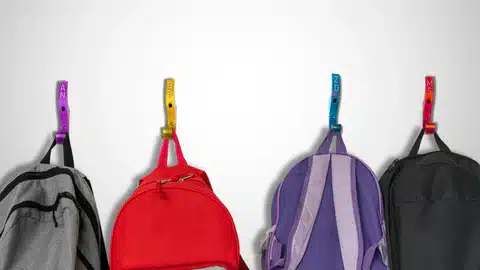
Set up a backpack station using durable hooks labeled with initials for each family member. Coordinate the area with a board for notes, reminders, or artwork to add functionality and personalization.
9. Personalized Bulletin Boards & Backpacks
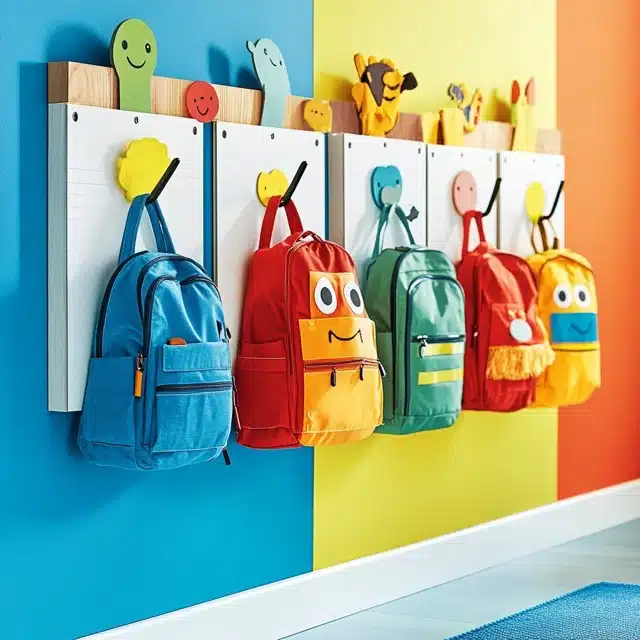
Combine personalized bulletin boards with backpack hooks for a dual-function storage area. It’s a great way to keep backpacks and schedules in one organized and accessible space.
10. Chalkboard-Themed Backpack Storage
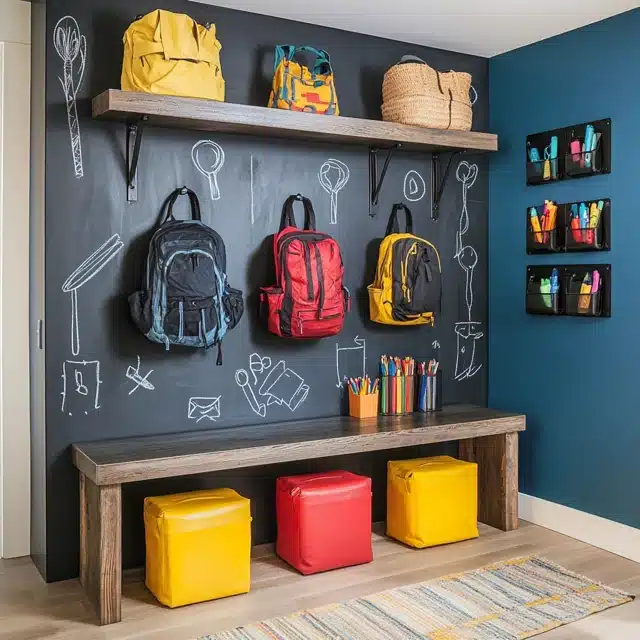
Use chalkboard paint on the wall for creative and educational backpack storage. This idea allows family members to doodle, leave notes, or practice writing, making storage both functional and fun.
11. Pegboard Shelving Backpack Storage
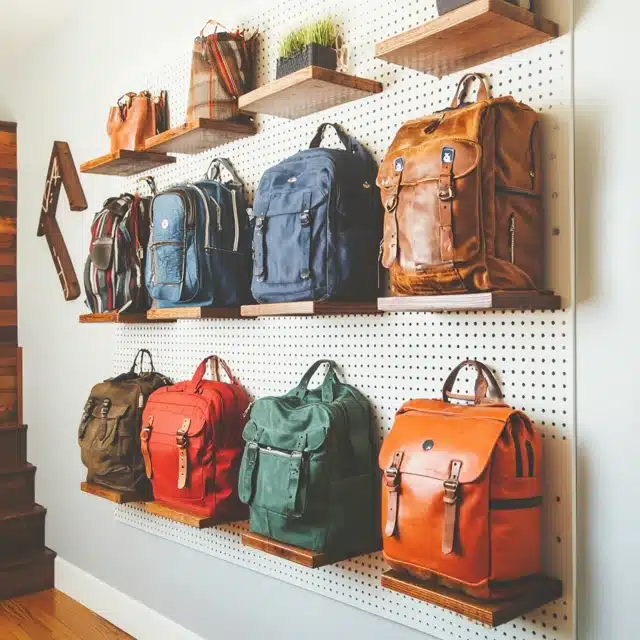
For a vintage look, install pegboards with shelving to store backpacks. The shelving adds extra storage for home decor or supplies, making this idea both stylish and practical.
12. Double Row Hooked Backpack Storage

Maximize your storage space by installing two rows of hooks. This design is particularly useful in homes or classrooms with multiple users, doubling the available space for hanging backpacks.
13. Metal Lockers for Personalized Storage
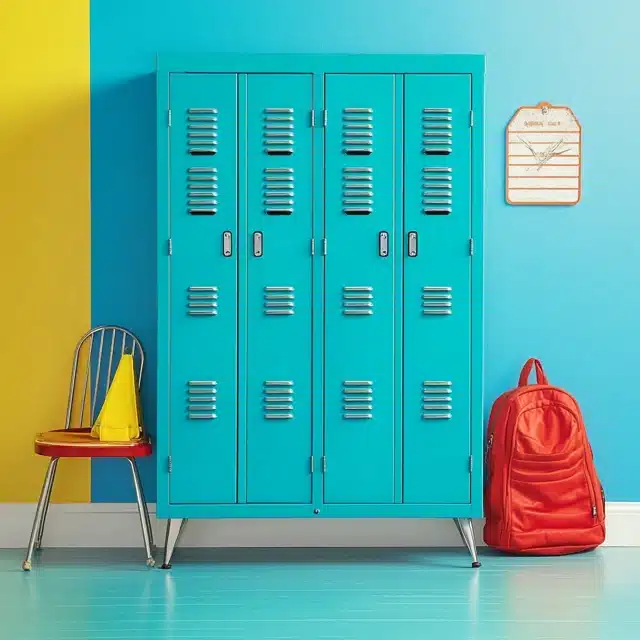
Install metal lockers for a nostalgic and organized backpack storage solution. Each person can have their own locker, offering ample room for backpacks, jackets, and other personal items.
14. Over the Door Backpack Hanger
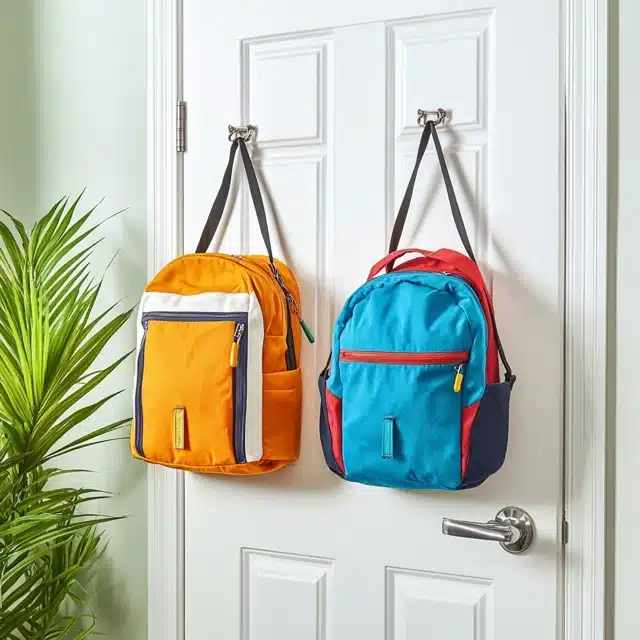
A quick and easy solution, this over-the-door hanger holds two backpacks and requires no DIY skills. It’s ideal for bedrooms, closets, or main living area doors, providing easy access.
15. DIY Backpack Storage and Organizer

Create a custom storage and organizer with space for a calendar, bins for papers, and designated backpack spots. This functional and personalized solution is perfect for busy mornings.
Why Storing Your Backpack Correctly Matters?
Many people toss their bags in a corner or hang them on a hook without much thought, but taking care of your backpack can make a big difference.
Good storage habits help your bag stay in top shape, keep your space tidy, and ensure your backpack is always ready for your next adventure.
1. Making Your Backpack Last Longer
When you store your backpack correctly, you do more than keep it out of sight.
You help keep your backpack’s shape, prevent wear and tear, and ensure it stays clean, which means it can do its job better and for longer.
2. Smart Use of Storage Space
Storing your backpack correctly also helps you make the most of your space at home.
A well-organized storage system for your bag can free up room and make your living area feel less cluttered.
Plus, when you have a set place for your backpack, you’ll always know where to find it when needed.
3. Keeping Your Backpack Looking Good and Working Well
Lastly, good storage practices keep your backpack looking nice. No one wants a bag that looks old before its time.
Proper storage helps maintain the backpack’s appearance, which is especially useful if you use it for work or school.
How to Find the Best Spot to Keep Your Backpack?
Choosing the right place to store your backpack can make a big difference in your daily life.
It’s not just about finding a spot to put it away; it’s about making your space work better for you.
Look Around Your Home for Storage Options
Start by taking a good look around your home. You might be surprised by the storage spots you’ve overlooked.
Check behind doors, in corners, or even under furniture. Maybe there’s space in your closet, or perhaps a wall in your entryway could be used. The key is to think creatively about your space.
Don’t forget to consider how often you use your backpack. If you use it daily, you’ll want to keep it somewhere easy to reach. If it’s for occasional use, you might choose a less accessible spot.
Clever Ways to Store Backpacks in Tight Spaces
Living in a small home doesn’t mean you can’t store your backpack well. There are many smart ways to make the most of limited space.
For example, you could use over-the-door hooks, wall-mounted shelves, or under-bed storage boxes. Another idea is to use vertical space with a hanging organizer or a tall, narrow cabinet.
Remember, the goal is to keep your backpack off the floor and out of the way. This helps protect it from dirt and damage while keeping your space tidy.
Create a Dedicated Area for Your Backpack
If possible, set up a specific spot just for your backpack. This could be as simple as a hook by the door or as detailed as a small storage bench with cubbies.
A dedicated area makes it easy to grab your bag when heading out and put it away when you come home.
This dedicated space can also help you stay organized. You might add a small tray for your keys or a shelf for other items you often carry in your backpack.
By keeping everything in one place, you’ll save time and reduce stress when getting ready to go out.
Taking Care of Your Backpack While It’s Not in Use
Treating your bag during storage can greatly affect its lifespan and performance. Look at key steps to keep your backpack in top shape while tucked away.
1. Keep Your Backpack Clean and Dry
Before you put your backpack away, it’s important to ensure it’s clean and completely dry. Dirt and moisture can cause damage over time, leading to mold, bad smells, or even fabric breakdown.
Start by shaking out any loose dirt or crumbs to clean your backpack. Then, gently clean the fabric with a soft brush or cloth, mild soap, and warm water.
Pay extra attention to zippers and pockets where dirt often hides. After cleaning, make sure to dry your backpack thoroughly.
Hang it in a well-ventilated area, away from direct sunlight or heat sources, which can harm the fabric or colors.
2. Remove Items Before Storage
It might seem easier just to put your backpack away as is, but taking a few minutes to empty it can make a big difference. Removing all items from your backpack before storage helps in several ways:
- It prevents unnecessary stretching of the fabric and straps.
- It allows you to clean all bag parts, inside and out.
- It allows you to check for any items that might leak or cause damage during storage.
- It helps you find things you might have forgotten in the bag.
Taking everything out also allows you to organize your belongings for your next outing.
3. Fix Small Problems Before They Grow
Before you put your backpack away, please examine it closely. Are there any loose threads, small tears, or broken zippers?
If left unattended, these minor issues can become bigger problems. By fixing them early, you can prevent further damage and extend the life of your backpack.
If your backpack has loose threads, carefully trim them with scissors. Small tears can often be patched or sewn.
Consider taking it to a repair shop if you’re uncomfortable doing repairs. They can fix zippers, patch holes, or address issues beyond your skills.
Summing Up
Proper backpack storage is key to maintaining your gear’s quality and longevity.
Follow the steps outlined to ensure your backpack stays in top condition between uses—from thorough cleaning to careful inspection and smart storage.
Remember to choose a cool, dry spot away from direct sunlight, and avoid compressing your bag during storage.
Regular maintenance checks will help catch any issues early. Whether you opt for a simple hook by the door or a dedicated storage station, the right solution depends on your space and needs.
With these tips, your backpack will be ready for action whenever adventure calls.
Frequently Asked Questions
Can You Store Backpacks Under the Bed?
Yes, you can store backpacks under the bed if space is limited. To protect them from dust, use breathable storage containers or bags.
Ensure the backpack is clean and dry before storing. This method works well for seasonal or infrequently used backpacks.
What is the Best Way to Store Backpacks?
The best way to store backpacks is to hang them on sturdy hooks in a cool, dry area. First, clean and dry the backpack thoroughly.
Keep it uncompressed, with the zippers open for ventilation. For long-term storage, use a cotton laundry bag to protect from dust while allowing air circulation.

